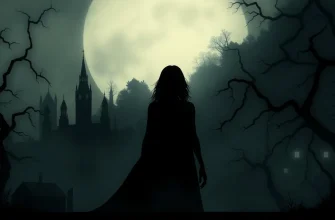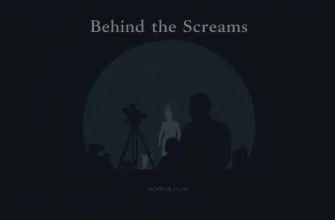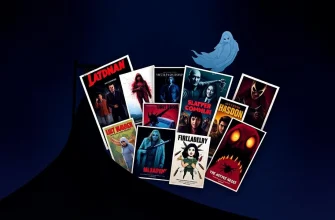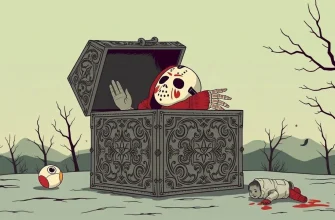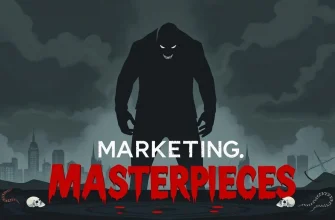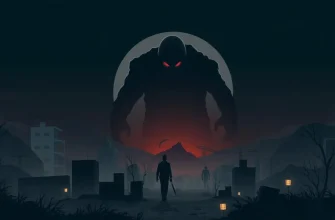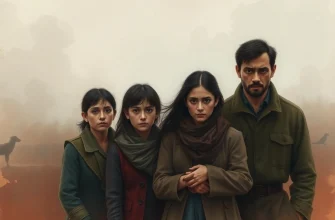Horror movies often rely on their soundtracks to create an atmosphere of fear and suspense. These soundtracks not only enhance the narrative but also linger in the minds of viewers long after the credits roll. Here's a curated list of 10 horror films whose soundtracks have become iconic in their own right, offering a spine-tingling auditory experience.
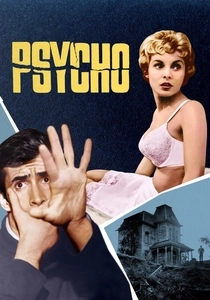
Psycho (1960)
Description: Bernard Herrmann's screeching violin strings during the shower scene have become synonymous with terror, making this one of the most influential horror scores ever.
Fact: Hitchcock originally wanted no music for the shower scene, but Herrmann's score convinced him otherwise.
 Watch Now
Watch Now 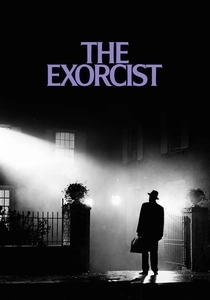
The Exorcist (1973)
Description: The unsettling score by Mike Oldfield and the eerie "Tubular Bells" theme have become synonymous with demonic possession, making this film's soundtrack a cornerstone of horror cinema.
Fact: The film's director, William Friedkin, initially wanted a score that was more avant-garde and less traditional, leading to the unique sound we now associate with the film.
 Watch Now
Watch Now 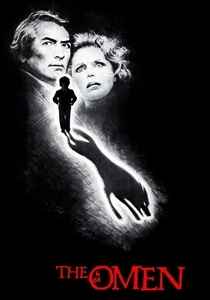
The Omen (1976)
Description: Jerry Goldsmith's score, which won an Academy Award, uses choral and orchestral elements to evoke the presence of the Antichrist, making it one of the most chilling soundtracks in horror.
Fact: The score includes a Latin chant that translates to "Satan, we praise you," adding a layer of blasphemy to the film's atmosphere.
 Watch Now
Watch Now 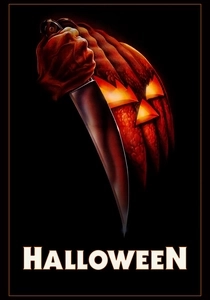
Halloween (1978)
Description: John Carpenter's minimalist piano theme has become one of the most recognizable pieces of music in horror, perfectly capturing the essence of Michael Myers' relentless pursuit.
Fact: Carpenter composed the entire score himself, using a simple piano melody that was later expanded by other musicians.
 Watch Now
Watch Now 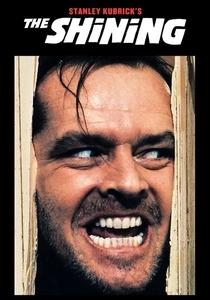
The Shining (1980)
Description: Wendy Carlos and Rachel Elkind's electronic score, combined with the use of classical music, creates an eerie backdrop for the psychological unraveling at the Overlook Hotel.
Fact: The film features a unique version of "Dies Irae," a medieval chant often associated with death, which adds to the film's ominous tone.
 Watch Now
Watch Now 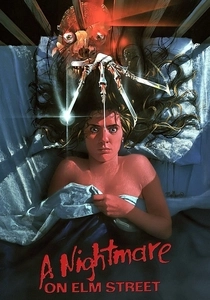
A Nightmare on Elm Street (1984)
Description: Charles Bernstein's score, with its haunting children's rhyme and the iconic "Freddy's Theme," perfectly encapsulates the dreamlike terror of Freddy Krueger.
Fact: The film's theme was inspired by the idea of a lullaby, making the horror even more unsettling.
 Watch Now
Watch Now 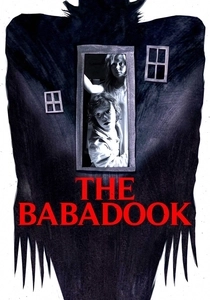
The Babadook (2014)
Description: Jed Kurzel's score, with its unsettling strings and piano, captures the psychological horror and the creeping dread of the film's narrative.
Fact: The film's director, Jennifer Kent, used the score to subtly hint at the presence of the Babadook, even when he's not on screen.
 Watch Now
Watch Now 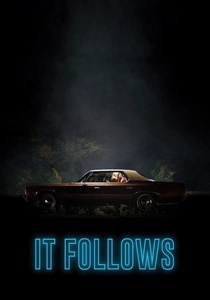
It Follows (2014)
Description: Disasterpeace's synth-heavy score evokes a sense of relentless pursuit and dread, mirroring the film's theme of an inescapable entity.
Fact: The composer, Rich Vreeland, drew inspiration from John Carpenter's minimalist approach to horror scores.
 Watch Now
Watch Now 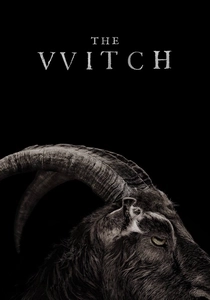
The Witch (2015)
Description: Mark Korven's score uses folk instruments and eerie drones to create an atmosphere of dread and isolation, perfectly fitting the film's historical setting.
Fact: The film's director, Robert Eggers, wanted the music to sound like it could have been made in the 1630s, leading to the use of authentic instruments.
 Watch Now
Watch Now 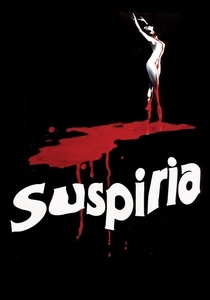
Suspiria (1977)
Description: Goblin's progressive rock score, with its intense and discordant sounds, complements the surreal and supernatural elements of Dario Argento's giallo masterpiece.
Fact: The film's director, Dario Argento, was heavily involved in the music composition, ensuring it matched his vision for the film.
 30 Days Free
30 Days Free 

